Dear Stephen,
I’m making use of your book Healing Lyme and found it very informative. I want to know how the spirochetes reproduce and grow in number once they get in a body? I want to know if it’s possible to have a few thousand of them for many years and not know it…until suddenly the population grows? Any idea how many a person can pick up from a tic bite? What are your thoughts on this? Is there good research on this subject? Thanks.
Stephen’s response:
I deal with spirochete reproduction in detail in
Healing Lyme. Spirochete levels tend to be low in chronic lyme infection which is why they often do not show up in tests. It is possible to not know about them, and the population can grow suddenly, usually if immune function lowers due to a period of stress.
My book is the best research on the subject that I am aware of unless you wish to look at the journal papers listed in the book. You might do a google search for Medline on the Internet and then query that site for lyme for more information.
Stephen
-
Stephen Harrod Buhner was an Earth poet and an award-winning author of twenty-four books on nature, indigenous cultures, the environment, and herbal medicine including the acclaimed book Healing Lyme: Natural Healing & Prevention of Lyme Borreliosis & Its Co-infections.
Stephen came from a long line of healers including Leroy Burney, Surgeon General of the United States under Eisenhower and Kennedy, and Elizabeth Lusterheide, a midwife and herbalist who worked in rural Indiana in the early nineteenth century. The greatest influence on his work, however, was his great-grandfather C.G. Harrod who primarily used botanical medicines, also in rural Indiana, when he began his work as a physician in 1911.
Stephen’s work has appeared or been profiled in publications throughout North America and Europe including Common Boundary, Apotheosis, Shaman’s Drum, The New York Times, CNN, and Good Morning America. Stephen lectured yearly throughout the United States on herbal medicine, the sacredness of plants, the intelligence of Nature, and the states of mind necessary for successful habitation of Earth.
He was a tireless advocate for the reincorporation of the exploratory artist, independent scholar, amateur naturalist, and citizen scientist in American society – especially as a counterweight to the influence of corporate science and technology.
View all posts

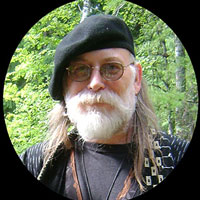



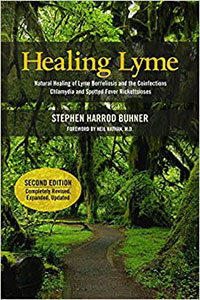
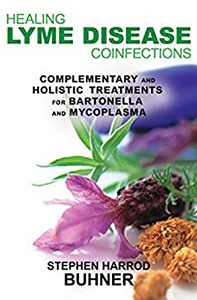
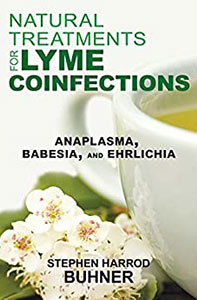
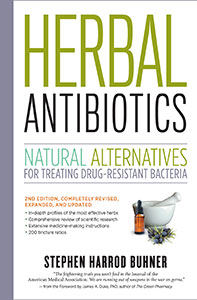
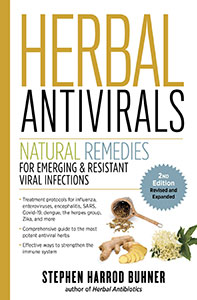



0 Comments